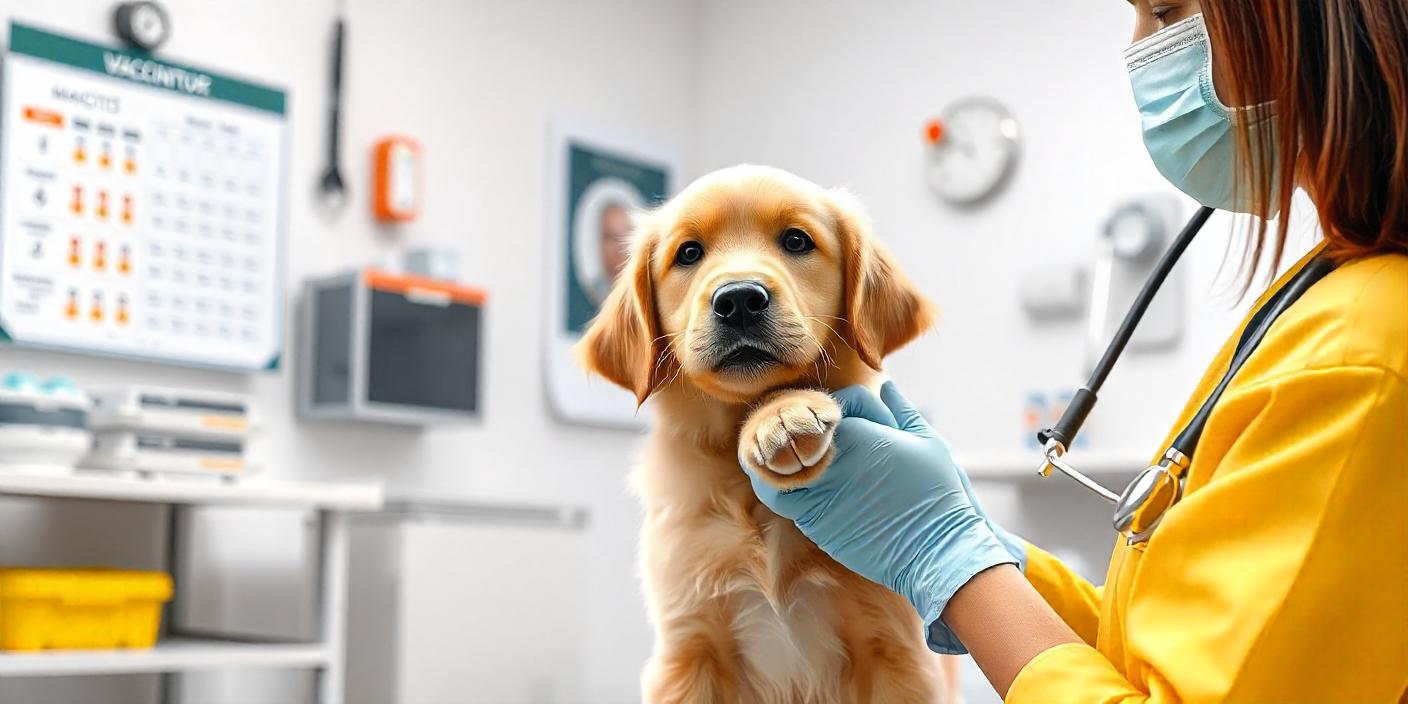22 Nov Distemper in Dogs: A Comprehensive Guide for Pet Owners
Canine distemper is one of the most serious and highly contagious diseases affecting dogs, causing widespread concern among pet owners. Caused by the canine distemper virus (CDV), this disease can lead to severe complications, affecting a dog’s respiratory, gastrointestinal, and nervous systems. Left untreated, it can result in life-threatening consequences. While distemper in dogs is most commonly associated with unvaccinated puppies, it can affect dogs of all ages, making awareness and prevention vital.
In this guide, we’ll explore everything pet owners need to know about distemper in dogs, including its symptoms, stages, treatment options, and preventive measures. Whether you’re a new dog owner or an experienced pet parent, understanding this disease can make a significant difference in protecting your furry friend. Armed with the right knowledge, you can ensure your dog’s safety, avoid unnecessary risks, and act swiftly if they ever show signs of infection.
Distemper in dogs is a preventable yet often misunderstood disease. Let’s dive deeper to understand how you can safeguard your pet and recognise the warning signs before it’s too late.
What Is Distemper in Dogs?
Distemper in dogs is a severe viral disease caused by the canine distemper virus (CDV), which belongs to the Paramyxoviridae family. This highly contagious virus affects a dog’s respiratory, gastrointestinal, and nervous systems, and in some cases, even the skin. Distemper is often fatal and poses a significant risk, particularly to puppies and unvaccinated dogs.
The virus spreads through respiratory droplets from an infected animal, as well as contact with contaminated surfaces, food bowls, or water sources. Wild animals such as foxes, raccoons, and ferrets can also carry and transmit the virus, making it important for dog owners to remain vigilant.
While distemper in dogs has no direct cure, early intervention and supportive care can help manage symptoms and improve survival chances. The best defence against this disease is prevention through timely vaccination, which has been proven to be highly effective in reducing its occurrence.
Symptoms of Distemper in Dogs
Distemper symptoms vary depending on the stage and severity of the infection. Common signs include:
- Initial Symptoms: Fever, nasal discharge, and watery eyes.
- Respiratory Symptoms: Coughing, difficulty breathing, and pneumonia.
- Digestive Symptoms: Vomiting, diarrhoea, and lack of appetite.
- Neurological Symptoms: Muscle twitches, seizures, and paralysis in advanced cases.
- Skin Symptoms: Thickened footpads and nasal skin (commonly called “hard pad disease”).
If your dog exhibits any of these signs, consult a veterinarian immediately.
How Is Distemper in Dogs Diagnosed?
Veterinarians typically use a combination of clinical signs and diagnostic tests to confirm distemper. These tests may include:
- Blood tests to detect antibodies or the virus itself.
- Imaging, such as X-rays, for dogs with respiratory complications.
Early diagnosis is crucial for effective management.
Treatment Options for Distemper in Dogs
Dogs have no direct cure for distemper, but supportive care can help manage symptoms and improve survival chances. Treatment may include:
- Intravenous fluids to prevent dehydration.
- Medications to control secondary infections.
- Anticonvulsants for dogs experiencing seizures.
- Nutritional support to boost immunity.
Prompt veterinary intervention is key to improving your dog’s quality of life.
Preventing Distemper in Dogs
Prevention is the most effective way to protect your dog from the dangers of distemper. Since the disease is highly contagious and often fatal, taking proactive steps can safeguard your pet and reduce the risk of an outbreak in your community. Here are key strategies for preventing distemper in dogs:
1. Vaccination: The Best Defence
- Puppy Vaccination Schedule: Puppies should receive their first distemper vaccine at 6–8 weeks old, followed by booster shots every 3–4 weeks until they are 16 weeks old.
- Adult Dogs: Regular booster shots, as your veterinarian recommends, are essential to maintain immunity.
- Why It’s Important: vaccination is highly effective and significantly reduces the risk of contracting distemper in dogs, even if they are exposed to the virus.
2. Limit Exposure to Infected Animals
- Keep unvaccinated puppies and dogs away from unknown or stray animals.
- Avoid areas where wildlife such as raccoons, foxes, or ferrets roam, as they can carry and spread the virus.
3. Practice Good Hygiene
- To minimise your dog’s exposure to viruses, regularly clean and disinfect its living spaces, food and water bowls, and bedding.
- Wash your hands and change clothes after handling other animals, especially if you work with or are near sick animals.
4. Maintain Routine Vet Check-Ups
- Annual veterinary visits ensure your dog’s vaccination schedule is up to date.
- Your veterinarian can also detect early signs of illness and recommend preventive care tailored to your dog’s needs.
5. Isolate Infected Dogs
If you have multiple pets and one shows signs of distemper, isolate them immediately to prevent the virus from spreading to others.
Distemper in Dogs: FAQs
- How Is Distemper Transmitted?
Distemper spreads through respiratory droplets, contaminated surfaces, or contact with infected animals like raccoons or foxes.
- Can Humans Catch Distemper?
No, distemper is not zoonotic and does not affect humans.
- What Is the Survival Rate for Distemper in Dogs?
Survival rates depend on the dog’s age, health, and timely treatment. Puppies and unvaccinated dogs have lower survival rates.
- Can a Recovered Dog Spread the Virus?
Yes, dogs recovering from distemper may shed the virus for 2–3 months.
Conclusion
Distemper in dogs is a serious yet preventable disease. Awareness, timely vaccinations, and proper care can protect your pet from this life-threatening virus. If you suspect your dog to distemper, don’t hesitate to seek veterinary assistance.
By understanding the risks and prevention strategies, you can ensure your furry friend leads a long and healthy life.




Sorry, the comment form is closed at this time.